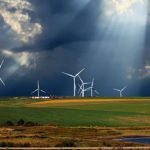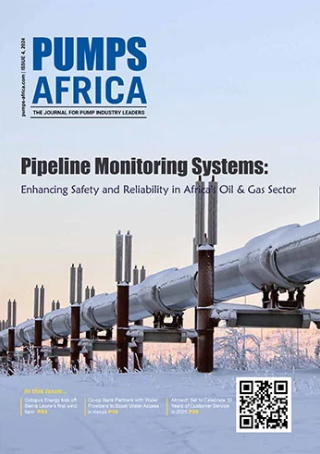Kenya’s President Uhuru Kenyatta has officially commissioned Africa’s biggest wind power plant known as Lake Turkana Wind Power Project (LTWP), a massive project that now provides nearly a fifth of the country’s energy needs.
Located in the northern part of Kenya, the wind farm sitting on 40,000 acres (162km2) of land, will be powered by the ‘Turkana Corridorwind,’ a low-level jet stream originating from the Indian Ocean that blows all year round.
The wind farm has 365 turbines – each with a capacity of 850kW and is said to be the most efficient in the world with 68 per cent load capacity factor and an installed capacity of 310.25 megawatts of clean, reliable, low-cost energy.
READ: Kenya’s robust energy approach a lesson to Africa
In a press briefing, Ms Kanze Dena, State House Spokesperson said: “This is the biggest wind power in Africa that will generate 310 Megawatts at a low cost.”
The project is part of Kenya’s plan to hit 100 per cent of clean energy by 2020 and is one of Kenya’s Vision 2030 flagship projects.
LTWP has so far been connected to the national grid through a 400 kilovolts transmission line running 438 kilometers from the plant site in the northern county of Marsabit to Suswa sub-station, which is located south – west of the country. The project will complement the government’s commitment to increase electricity generation to 5,000W.
“There will be more power available at a lower tariff, so instead of power bills going up as they have traditionally due to drought, they could stay the same,” said LTWP executive director Rizwan Fazal.
Lake Turkana Wind Power Project surpasses Tarfaya wind farm in Morocco, which has been Africa’s biggest wind farm with 131 turbines. It is also larger than Ashegoda power generating complex in neighboring Ethiopia.
READ: Nabrawind Technologies is building Africa’s tallest wind tower in Morocco
Africa is on a fast track to tap its wind power potential, and the significant developments currently being witnessed in the wind power sector in Africa are expected to considerably improve access to electricity among the continent’s population.







